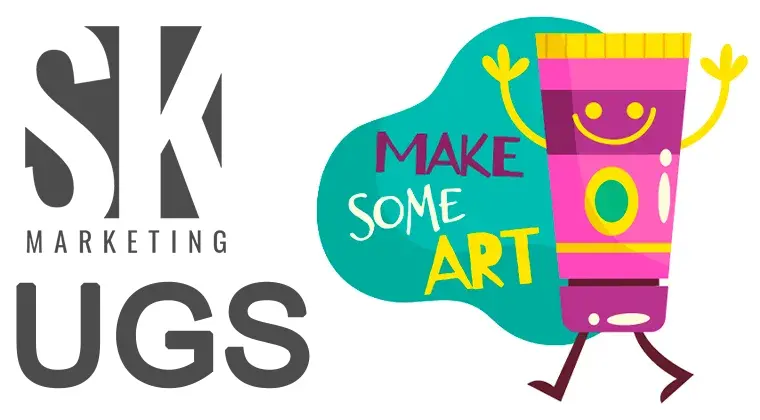
The role of user-created content (UGC, from English User-Generated Content), has increased significantly. UGC has become not only an important part of marketing strategies, but also a tool that strengthens trust between brands and consumers. People tend to trust the reviews and recommendations of other users more than official advertising. In this article, we will analyze what UGC is, how to create it, and give a successful example of implementing this strategy.
What is UGC content?
UGC content is any materials created by consumers or fans of the brand, not its employees. It can be reviews, photos, videos, comments on social networks, product reviews and much more. UGC stands out among other types of content for its genuine sincerity and commitment, as it demonstrates a real experience of using goods or services.
Main types of UGC content:
- Reviews and reviews. Written on websites and social networks.
- Photos and videos. Users share content, demonstrating products in action.
- Comments and discussions. Interaction with the brand and other users on forums, social networks and blogs.
- Ratings and ratings. Left on marketplaces and specialized platforms.
- Hashtags and challenges. Campaigns that motivate people to publish content under certain tags.
Why do brands need UGC?
UGC content brings many benefits to brands:
- Trust building. Consumers are more likely to trust other people's feedback than corporate messages.
- Savings on marketing. The brand gets valuable content for free.
- Increased awareness. Viral content reaches a large audience.
- Increased engagement. UGC motivates users to interact with the brand and share experience.
- Improved conversion. Enabling UGC on the product page increases the probability of purchase.
How to create UGC content: key steps
Creating UGC requires a thoughtful approach to encourage users to generate content voluntarily and with pleasure.
1. Campaign launch with hashtag
Hashtag campaigns motivate people to share content with a certain tag. For example, a cosmetics brand can launch the #MyIdealCare campaign and ask users to share photos of their routine procedures.
2. Conducting contests and challenges
Contests and challenges are a great way to encourage users to create unique content. Prizes can be the company's products or discounts.
3. Loyalty program
Brands can encourage UGC through points or bonuses for each review left or mention in social networks.
4. Integration with reviews and ratings
Adding feedback widgets to the company's website encourages customers to leave their ratings and opinions.
5. Collaborations with bloggers and opinion leaders
UGC can also be activated through micro-influencers who motivate their subscribers to participate in content creation.
Successful example: Starbucks and the #WhiteCupContest campaign

One of the successful examples of the creation of UGC is the Starbucks campaign called #WhiteCupContest. The company offered its customers to create unique drawings on white glasses and publish their photos with this hashtag.
Campaign Objectives
- Increased brand awareness.
- Attracting attention to the environmental friendliness of products.
- Motivating users to create brand-related content.
Campaign results
- Thousands of publications with unique drawings on glasses.
- Increased interest in Starbucks products.
- Formation of a community of brand fans who are actively involved in the actions.
The campaign became so successful that the best works were used to design a limited series of Starbucks cups.
Tips for working with UGC content
- Be open to criticism. It is important to accept both positive and negative feedback.
- Regularly encourage users. For example, likes and reposts of user content increase their motivation.
- Keep in touch with customers. Respond to feedback and comments, creating a feeling of dialogue.
- Cover the copyright. Always request permission to use someone else's content.
- Analyze UGC activity. Evaluate how user content affects brand recognition and sales.
UGC content plays a key role in modern marketing, allowing brands to build trust and increase involvement. By launching campaigns with hashtags, contests and loyalty programs, companies can encourage customers to create high-quality and organic content. The example of Starbucks with the #WhiteCupContest campaign demonstrates how competent use of UGC can lead to increased interest in the brand and the formation of an active community of fans.
In conditions of high competition, UGC becomes a powerful tool that not only enhances marketing efforts, but also helps to create valuable connections between brands and their audience.


 Sergey Kozlov
Sergey Kozlov